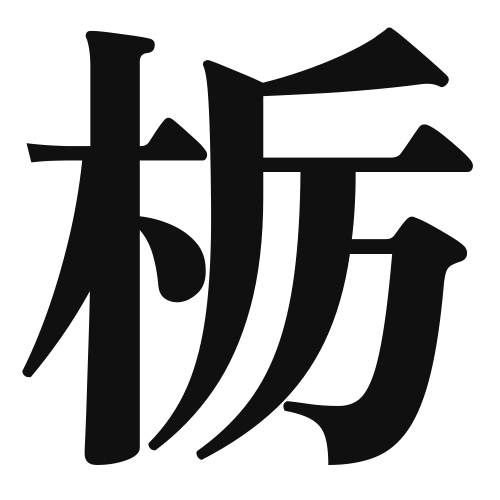1. Overview of Meaning
The kanji “栃” (tochi) refers to the “horse chestnut” tree, which is known for its large, spiky seed pods and is often associated with nature and traditional Japanese landscapes.
2. Formation and Radical
The kanji “栃” is a phonetic compound (形声文字) that combines the radical for “tree” (木) with the phonetic component “chi” (知). This structure indicates that the character is related to trees and plants.
The radical of “栃” is 木, which signifies its connection to the natural world, particularly trees.
3. Examples of Usage
Common words and phrases that include “栃” are:
- 栃の実 (とちのみ, tochi no mi) – horse chestnut
- 栃の木 (とちのき, tochi no ki) – horse chestnut tree
Example sentence in daily conversation:
「公園には栃の木がたくさんあります。」 (こうえんにはとちのきがたくさんあります。) – “There are many horse chestnut trees in the park.”
4. Synonyms and Antonyms
Similar kanji with related meanings include:
- 栗 (くり, kuri) – chestnut, which refers to a different type of nut tree.
Antonyms or contrasting kanji include:
- 枯 (かれ, kare) – to wither, which represents the opposite of the vitality associated with trees.
5. Cultural and Historical Background
The horse chestnut tree has significance in Japanese culture, often found in parks and gardens, symbolizing strength and endurance. It is also associated with traditional Japanese landscapes.
Proverbs and idiomatic expressions related to “栃” are less common, but the tree itself is often admired for its beauty and resilience in nature.
